Juglans Regia
Juglans Regia is a huge deciduous tree which belongs to the family of Juglandaceae. It is primarily used for the production of walnut. This plant is native to the stretch of Balkans extending towards the Himalayas and southwest China. A vast stretch of extensive walnut forest is found in Kyrgyzstan.
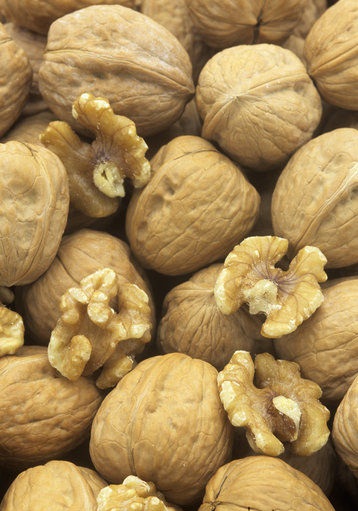
Juglans Regia
Table Of Content
Juglans Regia Common Names
Juglans Regia is also known as:
- English Walnut
- Persian Walnut
- Common Walnut
- European Walnut
- Caucasian Walnut
- Circassian Walnut
Juglans Regia Description
Juglans Regia grows up to 25 to 35m tall. They have short trunk of about 2m diameter. The bark of the tree is brown and becomes grey as the tree matures. The crown of the tree is relatively larger than its trunk. The pith of the twigs is brown and has air spaces.
The leaves of the tree are 25 to 40 cm long with alternate arrangement on a particular leaflet. The leaflet at the apex is much larger. The male flower is a dropping catkin whereas the female flowers are clustered together and bears fruit. The fruit has a green slightly rigid, semi fleshy husk enclosing a brown nut.
Juglans Regia Distribution
Juglans Regia originated from the ranges of central Asia, extending towards western china. It is distributed in parts of Uzbekistan and Kazakhstan. Towards the lower ranges of Himalayas, Juglans Regia is cultivated in Nepal, Tibet, Bhutan, parts of northern India, Afghanistan, Turkmenistan and Iran. It occurs sporadically in areas of Armenia, eastern Turkey, Georgia and Azerbaijan.
During the period of Alexander the Great, he introduced the nut to Macedonia and Greece from Central Asia and Iran. Juglans Regia was transported to the western and north European countries during the Roman Era and by the 17th century, it was introduced in America too by the English Colonist. This is how the nut became widespread across the globe. Nowadays walnut is grown across France, Greece, Serbia, Bulgaria, Romania in Europe, California, Chile and China. Gradually, it has also spread across southeastern Australia and New Zealand.
Juglans Regia Habitat
Cool Temperate Steppe to wet, Subtropical Thorn to Moist Forest.
Juglans Regia Ecology
Juglans requires a well drained loamy soil with adequate sunlight. The plants should be protected from strong winds. The plant requires an annual precipitation of 3.1 to 14.7dm. Mature trees can tolerate frosty winters but not the juvenile plants. The minimum temperature the plant can sustain is -29 degree Celsius and below that. The annual temperature the plant requires is 7 to 21 degree Celsius. Juglans Regia thrives on neutral and slightly acidic soil with pH of 4.5 to 8.2.
Juglans Regia History
The prehistoric deposits of the Iron Age have shown traces of walnut in Europe. They have also been mentioned in the Old Testament. Walnut was regarded as the symbol of fertility by the Greeks and Romans and that is how the name ‘Juglans’ was derived from. In Latin, ‘Jovis Glans’ means ‘nut of Jupiter’ or ‘the nut of Gods’. During the middle Ages, walnut was considered to ward off evil spirits, witchcrafts and epileptic fits.
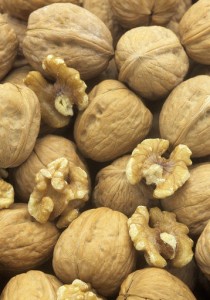 Picture 2 – Juglans Regia Photo
Picture 2 – Juglans Regia Photo
Juglans Regia Cultivation
Juglans Regia requires a well drained loamy soil, 2m or more deep and slightly alkaline. The plant requires a sunny position however are cold tolerant. The juvenile plant can be damaged by the frost. The seedlings should be transplanted as soon as possible and protected from the first winter. Roots should not dry out during this process.
Cutting and pruning of the tree should be carried out only when the plant is mature enough else it would weaken the plant. The plant should be watched and watered for at least till they have established.
Juglans Regia Propagation
The seeds shown are sown when it is ripe and should be protected from the rodents. Their germination period is from winter to spring. The seeds should be transplanted to the original plant in early summer and should be protected for a winter or two. They can also be sown in early spring but must be kept in a moist place before it is sown. In such case, however, it would take a while for the seed to germinate.
Juglans Regia Uses
Edible uses:
- The seed can be eaten raw or used in making cakes, sweets or ice creams. They can also be grounded into a paste and used as a flavoring for certain dishes.
- The edible oil is extracted from the seed. The oil has a very nutty and pleasant flavor that can be used in cooking or dressing salads.
- The raw fruit can be soaked in vinegar to make pickles.
- During spring season, the sap of the tree is tapped for making sugar.
- The leaves of the plant make an excellent tea.
Medicinal Uses:
Juglans Regia or walnut has been used as a remedy for many disorders since the ancient times.
- Walnut has anti-inflammatory and astringent property hence used for skin ailments.
- The leaves are used for treatment of asthma, chronic cough, constipation and dyspepsia.
- The leaves are used to purify blood.
- Used in the treatment of strumous sores.
- It is used in the treatment of diarrhea and anemia.
- Walnut is also used in the treatment of stone in the urinary track, frequent urination and low back pain.
- The walnut paste can be applied externally in areas of eczema and dermatitis.
- Walnut oil is effect in dry skin condition and for treatment of menstrual problems.
- Extracts of the plant was used in the treatment of cancer.
Other Uses:
- The husk is used to make yellow dyes.
- The leaves, mature husks and the catkins are used to make brown dye.
- Dying oil is extracted from the seed.
- The seed can be used to polish woods. It protects the wood.
- The shell of the walnut is used as an anti skid for tyres and used for preparation of activated carbon.
- The leaves of Juglans Regia are used as insect repellents.
- The barks of the tree were used traditionally as teeth cleaner.
- The woods of Juglans Regia are hard and durable and are used for making furniture.
Juglans Regia Toxicity
It is always advised to seek medical assistance before using the plant medically as there might be adverse effect to few individuals.
Juglans Regia Pictures
Here are few of the pictures.
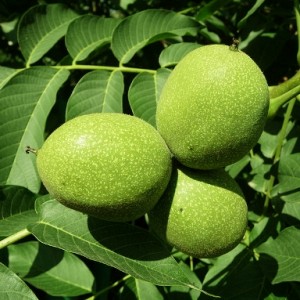 Picutre 3 – Juglans Regia Image
Picutre 3 – Juglans Regia Image
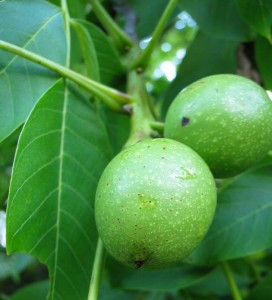 Picutre 4 – Juglans Regia Picutre
Picutre 4 – Juglans Regia Picutre
Reference:
http://www.hort.purdue.edu/newcrop/duke_energy/Juglans_regia.html#Uses
http://health-from-nature.net/Walnut.html
https://www.cabidigitallibrary.org/doi/10.1079/cabicompendium.29063
http://www.pfaf.org/user/plant.aspx?latinname=Juglans+regia
- by Bebaychna Rai
- December 28th 2011


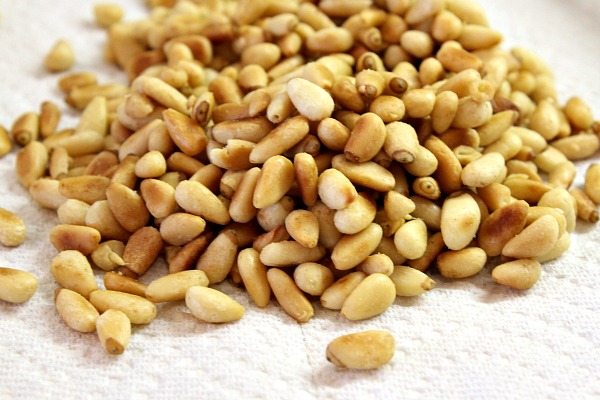

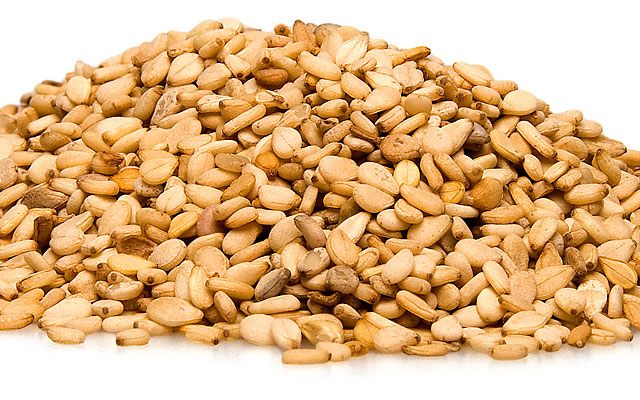
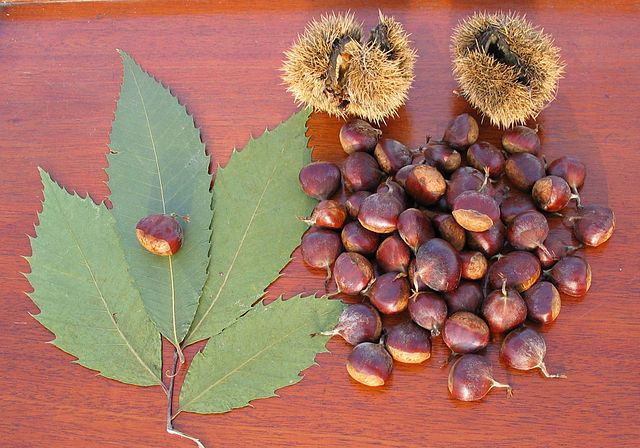
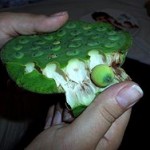
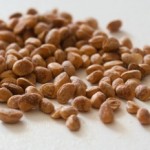
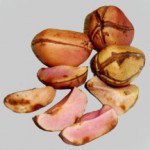
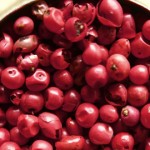
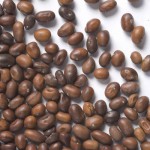
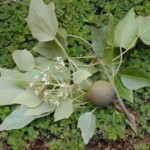
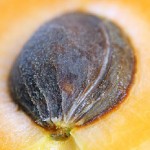
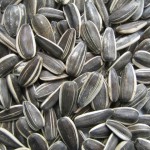
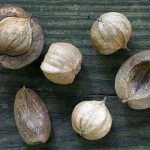





Leave a Reply